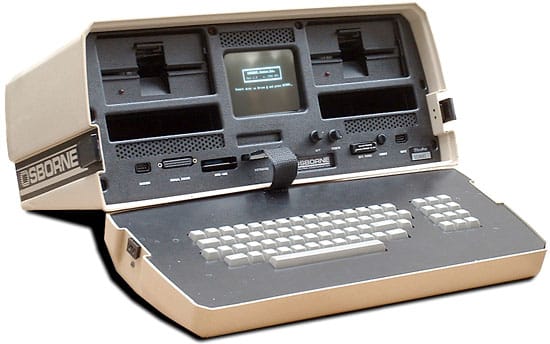The Evolution of Personal Computers and Laptops
Introduction
Personal computers and laptops have changed a lot since they first came out in the 1970s. This change has greatly influenced how we learn, work, and connect with each other. Let’s look at the key moments that shaped the computers we use today.
The Start of Personal Computers
The story of personal computers began in the early 1970s when the first models were created. Before this, computers were huge machines used mostly by businesses and schools. In 1975, the Altair 8800 was released as the first successful personal computer. It came as a kit that people could put together themselves, making computers available to hobbyists and tech lovers.
At the same time, Apple was founded by Steve Jobs and Steve Wozniak. In 1976, they launched the Apple I, which was easier for people to use. The following year, the Apple II came out, featuring color graphics and an open design that allowed other companies to create software for it. This was the beginning of a new era in personal computing.
The IBM PC and Clones
In 1981, IBM introduced the IBM PC, which set a new standard for how personal computers were designed. It used an Intel processor and operated on a system called MS-DOS, developed by Microsoft. The IBM PC quickly became popular, leading to many similar computers, known as “clones,” made by other companies. This competition made personal computers more affordable and accessible to everyone.
The Introduction of Graphical User Interfaces (GUIs)
In the mid-1980s, personal computers began to improve with the introduction of graphical user interfaces (GUIs). Before GUIs, users had to type commands to interact with their computers, which could be confusing. The Apple Macintosh, released in 1984, featured a new GUI that allowed users to click on icons and use a mouse, making computers much easier to navigate.
In 1990, Microsoft launched Windows 3.0, which made GUIs even more popular. This version of Windows was very successful and helped many more people use personal computers at home and in schools.
The Laptop Revolution
As desktop computers became common, the need for portable computers led to the creation of laptops. The first true laptop, the Osborne 1, came out in 1981. While it was portable, it was heavy and had a small screen. Over time, laptops became lighter and more powerful.
In the late 1990s, companies like Dell, HP, and Apple started making better laptops. Models like the Toshiba Tecra and Apple’s PowerBook set new standards for laptop design, offering longer battery life and better performance.
The Rise of the Internet and Multimedia
The 1990s saw the rise of the internet, which changed how people used personal computers. With web browsers like Netscape Navigator, users could easily access information, send emails, and join online communities. This made computers essential tools for everyday life.
As internet use grew, so did the demand for multimedia features. Personal computers and laptops began to include better graphics, sound systems, and CD-ROM drives, allowing users to enjoy games, music, and videos.
The Modern Era: Tablets and Smartphones
In the 2000s, the introduction of tablets and smartphones changed personal computing once again. The iPad, released in 2010, provided a new way for users to interact with technology through touchscreens. While laptops remained powerful for work, tablets became popular for casual activities like browsing the internet and watching videos.
Today, laptops continue to improve with faster processors, longer battery life, and features like touchscreens and 2-in-1 designs that combine a laptop and a tablet. Manufacturers are also focused on making devices thinner and lighter while enhancing performance.
Conclusion
The evolution of personal computers and laptops shows how much technology has advanced over the years. From the large machines of the 1970s to the sleek, powerful devices we have today, computers have changed how we live and connect with one another. As technology continues to evolve, the future of personal computing will surely be exciting and full of new possibilities!
